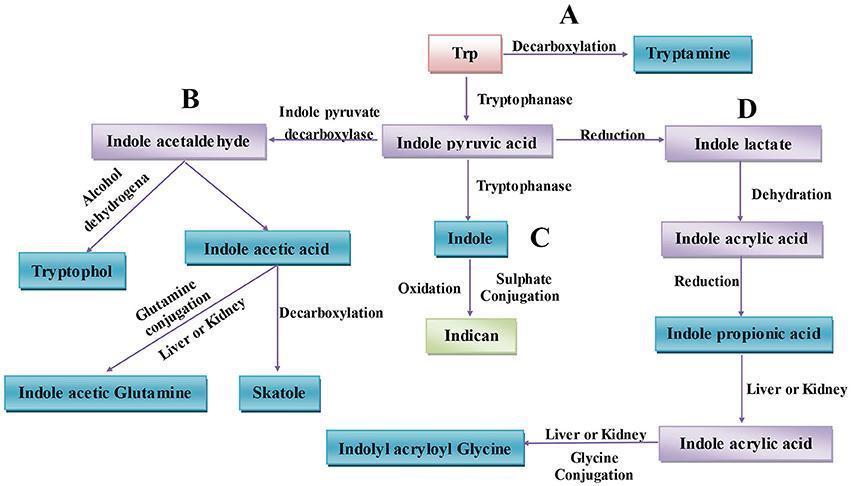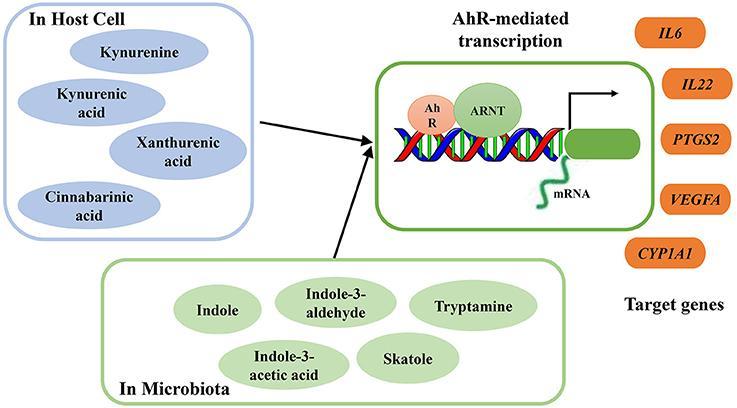- Joined
- Aug 24, 2017
- Messages
- 5,856
From this study: Gut Microbiota in Human Adults with Type 2 Diabetes Differs from Non-Diabetic Adults
When weakly IL-12- and TNF-alpha-inducing LAB were mixed with G- bacteria, they synergistically induced IL-12 and TNF-alpha.
Lactic acid increases the permeability of G- bacteria and creates endotoxins more powerful than stomach acid, so a high level of LAB seen in diabetes, could significantly contribute to endotoxin formation.
In conclusion, the gut microbe of diabetics produce lots of lactic acid, ammonia and endotoxins, which contributes to glucose intolerance, endotoxaemia, weight gain, ulcers, brain fog, fatigue, indigestion, liver overload, inflammation, organs damage, such as with the pancreas, kidneys, liver, brain, eyes, etc.
"The proportions of phylum Firmicutes and class Clostridia were significantly reduced in the diabetic group compared to the control group (P = 0.03). Furthermore, the ratios of Bacteroidetes to Firmicutes as well as the ratios of Bacteroides-Prevotella group to C. coccoides-E. rectale group correlated positively and significantly with plasma glucose concentration (P = 0.04) but not with BMIs. Similarly, class Betaproteobacteria was highly enriched in diabetic compared to non-diabetic persons (P = 0.02) and positively correlated with plasma glucose (P = 0.04)."
"levels of Bifidobacterium significantly and positively correlated with improved glucose-tolerance and low-grade inflammation in prebiotic treated-mice [1], [6]. Furthermore, the development of diabetes type 1 in rats was reported to be associated with higher amounts of Bacteroides ssp."
Diabetics are low in these."The mean bacterial diversity, as estimated by Chao1 indices from the equalized data sets (Table 2), was not different between the diabetic subjects and the controls"
"reduction in Bacteroides-Prevotella spp. related to a strong decrease of metabolic endotoxemia and inflammation in type 2 diabetes mice"
Diabetics have elevated levels of these, so more endotoxin producing bacteria."The significantly higher levels of Bacilli and the Lactobacillus group in diabetic subjects compared to controls in the present study, have recently been reported in relation to type 2 diabetes in mice models [6] and to obesity in human adults [17], [18]. Genus Lactobacillus represents a heterogeneous group with well documented immunomodulating properties [19] and might potentially contribute to chronic inflammation in diabetic subjects."
Lactic acid bacteria (LAB), which are gram-positive (G+) organisms, vary greatly in their capacity to induce interleukin-12 (IL-12) and tumor necrosis factor alpha (TNF-alpha), whereas gram negative (G-) organisms are consistently weak IL-12 and TNF-alpha inducers. When weakly IL-12- and TNF-alpha-inducing LAB were mixed with G- bacteria, they synergistically induced IL-12 and TNF-alpha.
Lactic acid increases the permeability of G- bacteria and creates endotoxins more powerful than stomach acid, so a high level of LAB seen in diabetes, could significantly contribute to endotoxin formation.
"The intestinal microbiota across the subjects with type 2 diabetes was relatively enriched with Gram-negative bacteria, belonging to the phyla Bacteroidetes and Proteobacteria. The main compounds of outer membranes in gram-negative bacteria are lipopolysaccharides (LPS), known as potent stimulators of inflammation, which can exhibit endotoxaemia"
These are known to produce ammonia from protein sources.In conclusion, the gut microbe of diabetics produce lots of lactic acid, ammonia and endotoxins, which contributes to glucose intolerance, endotoxaemia, weight gain, ulcers, brain fog, fatigue, indigestion, liver overload, inflammation, organs damage, such as with the pancreas, kidneys, liver, brain, eyes, etc.


